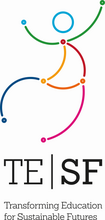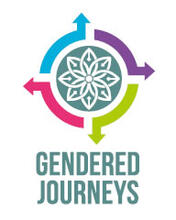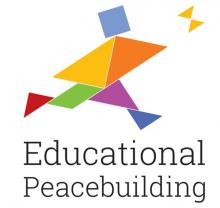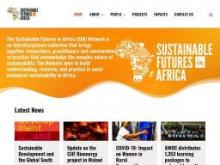The Active Learning Centre (ALC), an NGO partner of CR&DALL, has been delivering active democracy projects across the world for 20 years, from Eastern Europe to South Asia and sub-Saharan Africa.
Earlier this month ALC took part in a British Council (BC) and London School of Economics (LSE) conference to discuss The Changing Shape of Gender Equality in South Asia and to develop a work plan to tackle gender inequality beyond 2015 when the current Millennium Development Goals (MDGs) end.
In July 2012, the UN Secretary General appointed a short life High Level Panel (HLP) of 26 members to set out a “bold and practical” vision of the post-2015 MDG development agenda.
On 30 May 2013 the HLP report called for by five big transformative shifts:
- Leave no one behind
- Put sustainable development at the core
- Transform economies for jobs and inclusive growth
- Build peace and effective, open and accountable institutions
- Forge a new global partnership.
However, campaigners across the globe argue that there must continue to be a stand alone MDG with a gender equality aim, as anything else would be a “step back”.
The conference agreed with this view, as it heard from educators, campaigners, academics and civil servants from UK, Afghanistan, Pakistan, India, Nepal and Bangladesh describe the plight of women and girls in South East Asia.
Topics discussed included the impact of economic growth, access to technology and information and better education and health services, all of which led to unprecedented changes for women and girls in the region. However, this progress was often “despite political and economic processes”.
The region also has a very active women’s movement that continues to make a significant contribution to development.
And contrary to popular opinion, women and girls are vital to the economic development of the region. Many industries where women are the largest part of the workforce, such as the garment industry the workforce is 80% female, are key to the region’s economic development
But despite the key role women and girls play in the region, major gender inequalities persist.
The conference heard how discrimination affects every stage of life. Girl children remain undervalued and are often excluded from education.
Early marriage and childbirth prevent young women from achieving their potential, and violence persists as a means of controlling the behaviour of women and girls.
There clearly remains much work to do before women and girls in South East Asia have their voice heard loud and clear so that they can make their own choices about their lives and so control their own destiny.
Post 2015, a stand alone gender equality goal would be a “bold and practical” step toward achieving equality for women and girls, wherever they live.
- Danny Phillips's blog
- Log in to post comments











Latest Comments